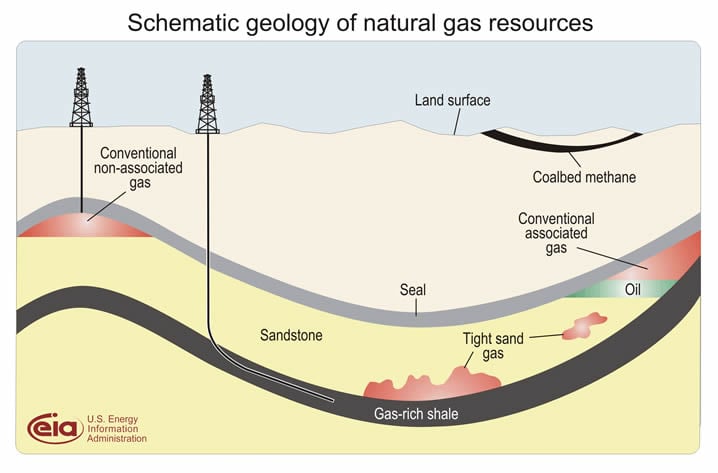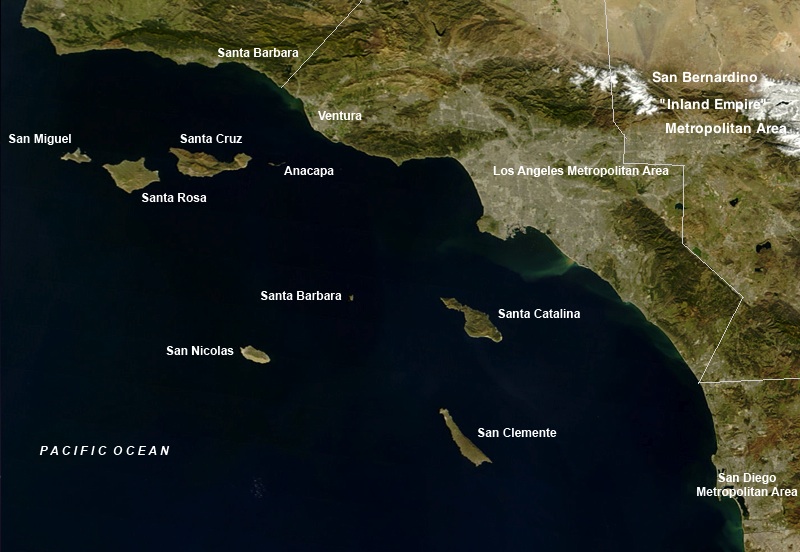If there’s a scent to be sensed, yoo hoo, over here, wind of it (pun intended) I will get! Trust me. Very little, if anything, ever, blows by, pleasant and unpleasant alike, the latter of which I would much prefer to forego completely. And, I’m not going to say “if you get my drift,” so I won’t.
The nose knows
It has been uttered (too often, I would guess) that what one can’t see can’t hurt one. This is so not true of polluted air. Polluted air that can be seen on the other hand, in some instances, is even more harmful than the stuff that can’t be detected by the naked eye, it just depends on the situation. And that which can’t be smelled, no doubt it is more of the same if that which can’t be nose-detected is poisonous or toxic. To exemplify, ozone is an odorless, colorless corrosive-to-the-lungs gas.

Hypersensitivity
Some folks are way more sensitive to odors, fragrances, aromas, etc., than are others. Take the living situation of a good friend as a case in point.
Two items of particular note about my compadre: 1) He is a San Joaquin Valley (California) native, and 2) he has asthma. He told me once that when he relocated to the California central coast community of Santa Maria, only on the rarest of occasions did he need to take any allergy and/or sinus and/or asthma-control medicine – it was principally during the allergy, hay fever season when pollen was a problem. On the other hand, after returning to the land of his roots where bad air quality more or less dictates all, the medication(s) my friend relies upon to provide asthma- and allergy-symptom relief, taking such, if I understand correctly, was a ritual or routine followed regularly, and that could mean daily depending on conditions present.
Being hypersensitive isn’t limited to what occurs naturally or as a direct result of pollution in the air. Other times, those with allergies or hypersensitivity, may have an adverse reaction. For example, food aromas caused from cooking; a fragrance given off from a solution, cream or lotion or other skin-applied product; may prompt certain reactions to such that can manifest themselves in different forms in different people – from something as tame as having a dry cough, or causing eye irritation, being nauseated, all the way to a condition that is more intense like that of the dry heaves (gagging), to causing a far more serious reaction like a seizure or worse (e.g. gasping for air).
Coming immediately to mind is cigarette smoke (primary and/or secondary). I can remember as a young adult, after being away at college and upon returning to my home town after graduating, I was in the company of family members who smoked tobacco products and when said family members lit up in my presence and in the confines of an automobile with the air-conditioning system going and with closed windows all around, I got this burning sensation in my eyes. To say the experience was uncomfortable doesn’t even begin to describe the unpleasant feeling. Others, meanwhile, have told me that upon descending Interstate 5 – on what is referred to as The Grapevine – in their motor vehicles and into smog-shrouded southern California, they too have experienced a similar eye discomfort. During the times I have made similar treks I can’t say that I experienced the same luckily. Though I can’t exactly relate I do understand.
Finally, where I reside when the wind blows just so, the smells associated with farming activities has a tendency to carry on past. Though the odors are not intolerable, they are at times strong enough to let you know, that upon your taking a whiff, ag activity isn’t far off. Even smells from blooming, fragrant flowers of indigenous and non-native plant species can make their presence known. It comes with the territory and it is to be expected with regularity.
Aliso Canyon
At one time or another in everyone’s life, exposure to a potent smell of one kind or another, well, that’s practically a given.
Some odors, depending upon what such are made up of, can be detrimental to human health. And, as it may relate, releases of poisonous chemicals, substances, if inhaled, can be dangerous and can have tragic, disastrous or catastrophic consequences.
Coming immediately to mind is the situation related to the well leak of methane gas in late 2015 at the Aliso Canyon, California-based gas storage facility which prompted the evacuation of residents in nearby Porter Ranch. Complaints heard from town residents as reflected in various news accounts related to such ranged from headaches and nosebleeds to nausea and vomiting. Many of the townsfolk were relocated to various available lodging in multiple locations until such time that it was deemed safe by authorities for them to return to the Porter Ranch community.
Fantastic it was that the leak was plugged and conditions in the community have since returned to normal.

This post was last revised on Apr. 11, 2020 @ 3:22 p.m. Pacific Daylight Time.
– Alan Kandel

Thank you so much for helping to open people’s minds to the effects of smoke!